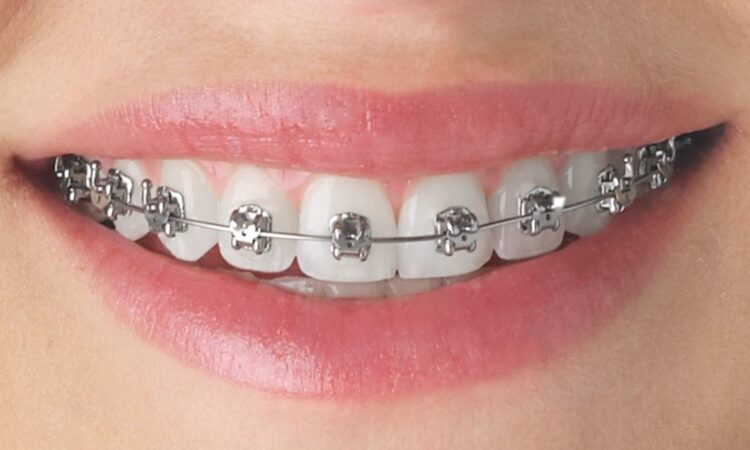
Choosing the right orthodontic treatment is a significant decision, and with options like Invisalign and traditional braces available in the Sugar Land dental office, it can be overwhelming. In fact, both methods have their strengths and weaknesses, and the right choice largely depends on individual needs and lifestyle.
Let’s dive into the key differences to help you determine which option might be the best fit for you.
Aesthetics: The Look Matters
One of the most apparent differences between Invisalign and traditional braces is their appearance. Invisalign aligners are made from clear plastic, making them virtually invisible on your teeth. This feature is particularly appealing to adults and teens who prefer a discreet option for orthodontic treatment.
On the other hand, traditional braces consist of metal brackets and wires that are more noticeable. While modern braces come in ceramic and lingual options that are less conspicuous, they are still more visible than Invisalign. For those who are not concerned about aesthetics or who may find braces with colored bands appealing, traditional braces remain a viable choice.
Comfort: Feeling at Ease
Comfort is a critical factor when undergoing orthodontic treatment. Invisalign aligners are custom-made from smooth plastic, reducing the risk of irritation to your cheeks and gums. They are also removable, allowing for easy cleaning and maintenance.
Traditional braces, while effective, can cause discomfort due to metal brackets and wires. They may occasionally require adjustments that can lead to soreness. However, many patients adapt quickly and manage the initial discomfort well.

Treatment Duration: Time is of the Essence
The time required for orthodontic treatment can vary considerably based on the complexity of the case. Invisalign typically requires patients to wear the aligners for 20 to 22 hours a day which often results in quicker treatment times for mild to moderate cases, usually between 12 to 18 months.
Traditional braces might take longer, with treatment durations ranging from 18 months to three years, depending on the severity of the misalignment. However, they are more capable of handling complex cases, which might not be suitable for Invisalign.
Cost: Budget Considerations
Cost is another significant factor. Invisalign tends to be slightly more expensive due to the technology involved in creating custom aligners. However, prices can vary based on the length and complexity of the treatment.
Traditional braces generally have a lower initial cost, making them a more budget-friendly option for many families. However, it’s essential to consider the potential for longer treatment durations and additional maintenance visits, which can add to the overall cost.
Lifestyle Impact: Fitting into Your Routine
Invisalign offers greater flexibility when it comes to lifestyle. You can remove the aligners to eat, drink, brush, and floss, allowing you to continue enjoying your favorite foods without restrictions. This feature also simplifies oral hygiene, reducing the risk of cavities and gum disease during treatment.
Traditional braces require more care and dietary adjustments. Foods that are hard, sticky, or chewy need to be avoided to prevent damage to the brackets. Moreover, maintaining oral hygiene can be more challenging, requiring special tools to clean around the wires and brackets.
Pros and Cons: Weighing Your Options
Invisalign Pros:
- Virtually invisible
- Comfortable and removable
- Easier oral hygiene
- Shorter treatment for mild cases
Invisalign Cons:
- Requires discipline to wear aligners as instructed
- May not be suitable for complex cases
- Slightly higher cost
Traditional Braces Pros:
- Effective for complex cases
- No need to worry about losing aligners
- Generally lower initial cost
Traditional Braces Cons:
- More visible
- Dietary restrictions and challenging oral hygiene
- Potential discomfort from brackets and wires
Conclusion
Ultimately, the choice between Invisalign and traditional braces should be based on your specific needs, lifestyle, and budget. So, consulting with an orthodontist is crucial to understanding the options and tailoring a treatment plan that best fits your circumstances.




